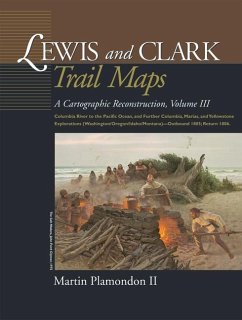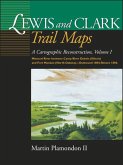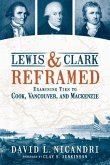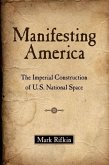After crossing the Bitterroot Range and canoeing down the cataract-filled Snake River, the Corps of Discovery finally reached the long-sought Columbia River in the autumn of 1805. Volume III continues the cartographic reconstruction of the explorers' trek as they set out from the Snake-Columbia junction, October 18, 1805, on the final leg of their journey to the sea. In addition to intricately mapping the Columbia's great rapids, desert and rain-forest shorelines, spectacular mountain gorge, and broad estuary, Volume III reveals the vast number of Native American villages that lined the River of the West in Lewis and Clark's time. Additional maps and illustrations depict the Fort Clatsop winter quarters, Cascade volcanoes, coastal explorations, and more. Though having reached their primary goal, the Pacific Ocean, the expedition's investigation of new terrain in western North America was far from over. Volume III also outlines the significant discoveries recorded as they returned eastward in 1806 through the broad Columbia, Marias, and Yellowstone watersheds. Volume III concludes when the Corps of Discovery, long given up for dead by most Americans, paddled up to the St. Louis waterfront on September 23, 1806, to an arousing reception by the local population. During the Corps of Discovery's 1804-06 trek, Captain William Clark used surveying instruments to measure the expedition's traverse to the Pacific Ocean and back--an astounding distance of 7,000 miles. Clark assumed that cartographers would convert this painstakingly recorded daily traverse on to well-crafted, accurate maps soon after the journey's completion. For various reasons, this did not occur. For nearly two centuries,Clark's invaluable survey data remained untapped in the expedition's annals. Now, Martin Plamondon II has completed the cartographic reconstruction that Clark expected by utilizing the day-to-day measurements and notes, the maps and sketches, and other pertinent information in t








